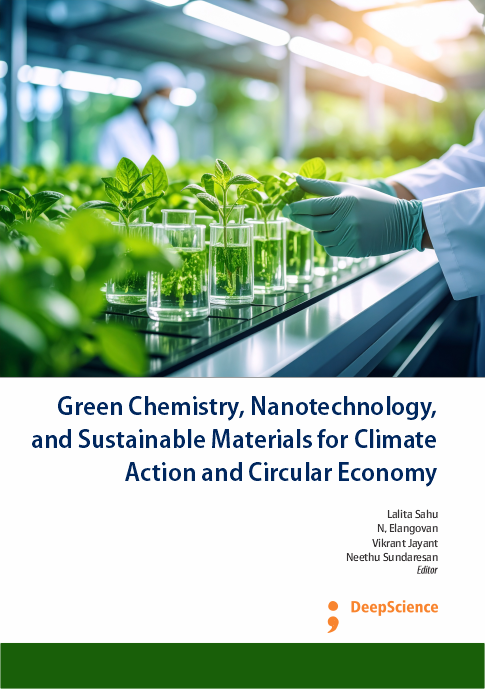Nanostructured Materials for Sustainable Water Purification Systems
Synopsis
Access to clean and safe water remains a critical global challenge, particularly in developing nations where conventional purification technologies often fail to meet growing demands. In recent years, nanostructured materials have emerged as promising candidates for sustainable water purification due to their high surface area, tunable properties, and reactivity at the nanoscale. This paper reviews the development and application of various nanostructures—including carbon-based nanomaterials, metal and metal oxide nanoparticles, nanocomposites, and polymeric nanomembranes—in addressing contaminants such as heavy metals, pathogens, organic pollutants, and emerging micro/nano-pollutants. The mechanisms involved, such as adsorption, photocatalysis, and membrane filtration, are discussed along with environmental and safety concerns. The paper also highlights innovations in scalable green synthesis and the potential for integrating nanotechnology into decentralized and low-energy water treatment systems.













